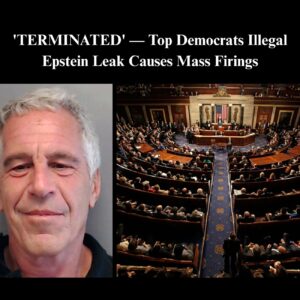New York City may be heading straight into a constitutional confrontation as Mayor-elect Zohran Mamdani signals that his incoming administration will openly challenge federal immigration enforcement. What began as outrage over a viral arrest video quickly expanded into a broader standoff: local leaders accusing federal agencies of heavy-handed tactics, and federal officials insisting they are simply carrying out lawful removal orders. Even after court records confirmed that the man detained in Washington Heights had already been ordered removed, Mamdani doubled down on his position — framing ICE as an agency with too little oversight and pledging to oppose deportations he views as unjust. His message has been unmistakable: if the federal government wants to ramp up removals in New York City, it will meet political resistance from City Hall.
But this escalating tension exposes the fragile boundaries between municipal authority and federal law. Immigration enforcement is unquestionably a federal domain, yet cities control the cooperation they offer — from detainers to coordinated operations. As Mamdani prepares to take office, he has already warned that “everyone will be held to the same standard of the law,” a statement his critics interpret as a threat to obstruct enforcement. Federal agencies, meanwhile, emphasize that their actions — including the Diallo arrest — were legally authorized and planned long before the election. The stage is now set for potential lawsuits, funding battles, and a surge in federal-only operations across immigrant communities. With millions of foreign-born residents, conflicting political pressures, and growing public safety debates, New York now finds itself at the center of a national test: how far can a city go to resist federal immigration power, and what happens when neither side is willing to back down?





